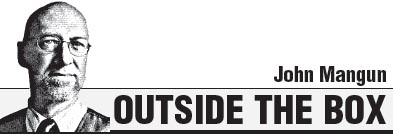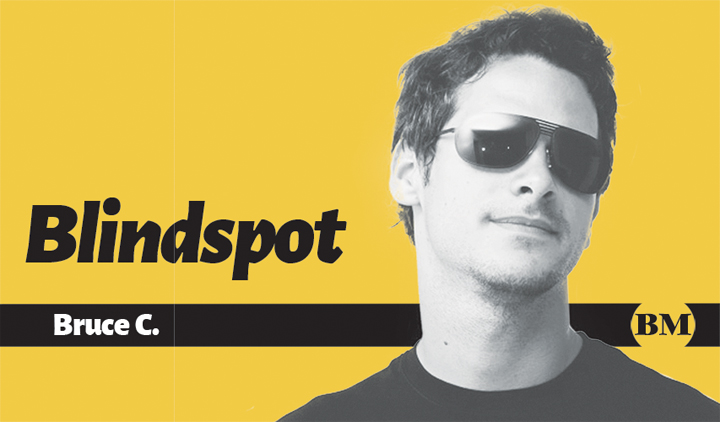
There are six basic investments starting with cash, which is the default. Whether you keep your money under the bed or in a bank, it is still cash. An “airplane” is a bus with wings until it is in the air and money is not invested until it moves from cash.
Regardless of the marketing strategy, life insurance is not an investment. While critically important, life insurance is a forced savings plan. The incentive to force yourself to put money away every month is that if you die, the company pays you as if you had continued to “force save” for many years ahead. No other “investment” requires you to keep putting money in and then penalizes you if you stop. Not an investment.
A private business, whether active or passive, is the investment that we are most familiar with. While not liquid, a business owner must make continuing decisions as to put more money, in depending on conditions.
Investing in the stock market is a liquid investment that allows quick movement both in and out. Decisions are made daily even if no action is taken. Commodities—from rice to crude oil—is an investment that can be physical or “paper” through futures contracts. While paper is instantly liquid, even physical holdings usually have ready buyers.
Loaning money or holding public or private debt—“bond” for simplicity—is also relatively liquid. The advantage of owning a bond is that it is usually secured by some physical asset or, in the case of the public debt, the credit of the government.
Precious metals—primarily gold but also silver—can be held in physical or paper form. While in paper it trades like other commodities, it is not a commodity since only a small portion of the supply goes to an end user. Most is only an investment vehicle.
Residential and commercial buildings and undeveloped land is also in investment category. This is an illiquid investment that requires a long-term financial commitment. Therefore, it is not an investment that is entered in quickly or moved out of in a hurry.
The current value of all shares on the Philippine Stock Exchange is about P15 trillion or $280 billion. Assuming that the approximately 700,000 individual investors hold 10 percent of that total, we are talking about $28 billion of investors’ money in the local stock market. But that is just a guess. We do know that foreigners have sold $1 billion in local shares and it is safe to say locals have converted a significant portion of their holdings into cash.
Money is moving around the investment sectors all the time. But billions have been taken out of the global second line stock markets in the past months. Where has all the money gone?
This is an impossible question to accurately answer. However, we do know this: The JP Morgan Emerging Markets Bond ETF (Exchange Traded Fund) average daily volume was 1.5 million shares in December. In January and February, this jumped to 2.8 million and 4.5 million, respectively. In April volume dropped to 2.1 million, but May showed an increase to 3.6 million shares and June is up to 3.8 million.
What we are witnessing is simply a move between investment classes, including into cash. It is probable that once the next US interest rate increase comes through, there will be a shift back into stocks. But, hopefully, not into investing in siomai kiosks.
****
E-mail me at mangun@gmail.com. Visit my web site at www.mangunonmarkets.com. Follow me on Twitter @mangunonmarkets. PSE stock-market information and technical analysis tools provided by the COL Financial Group Inc.























